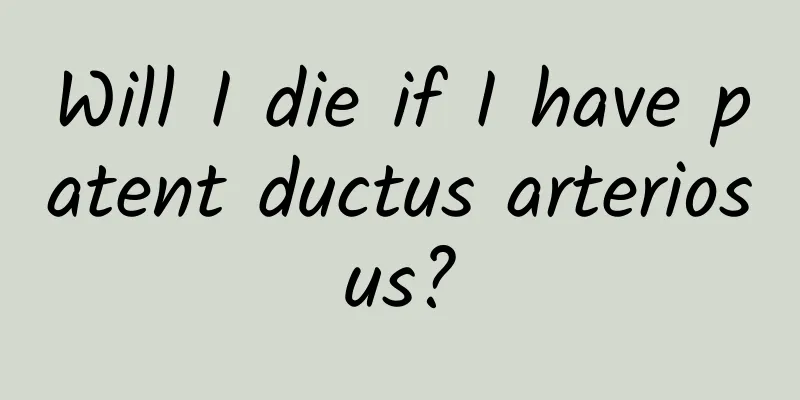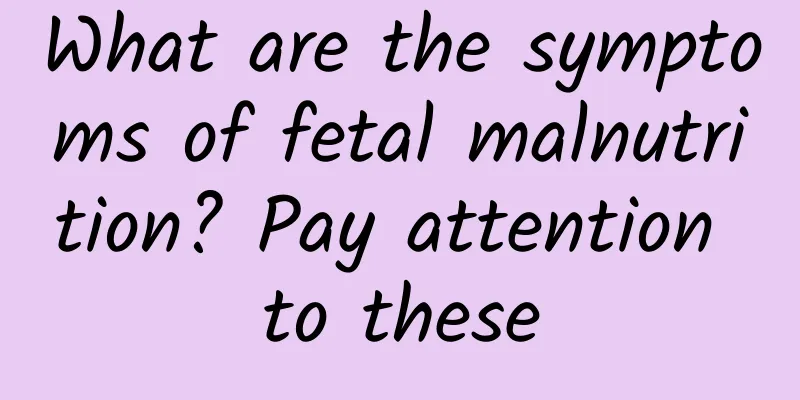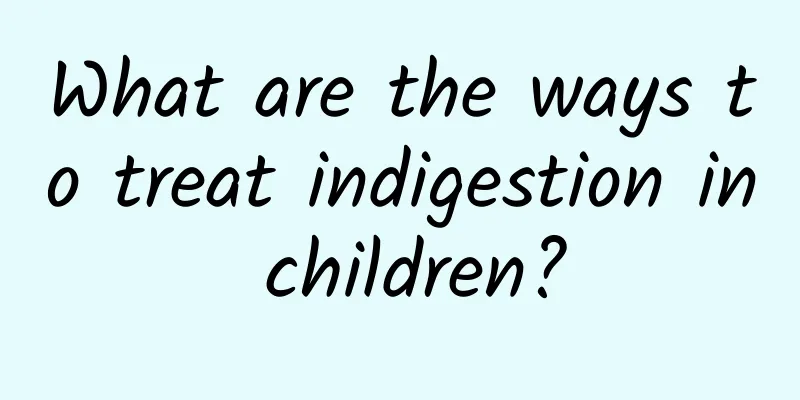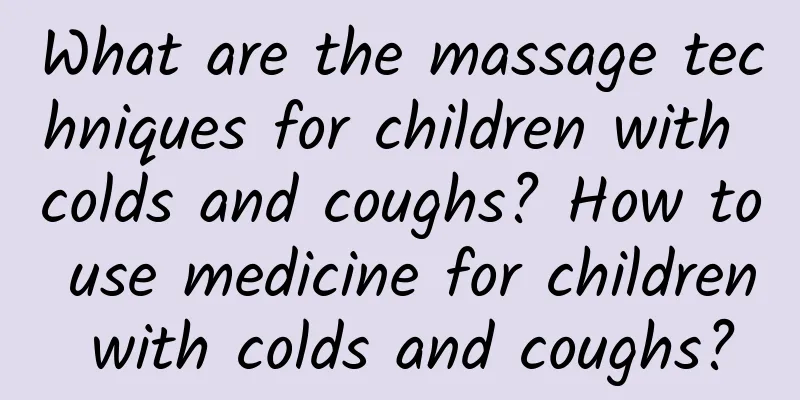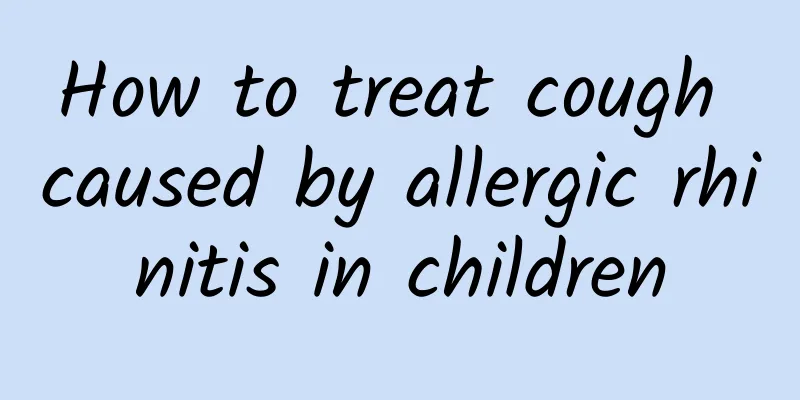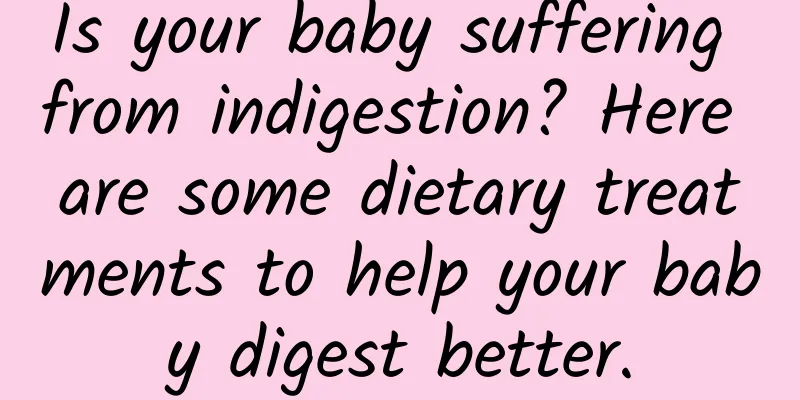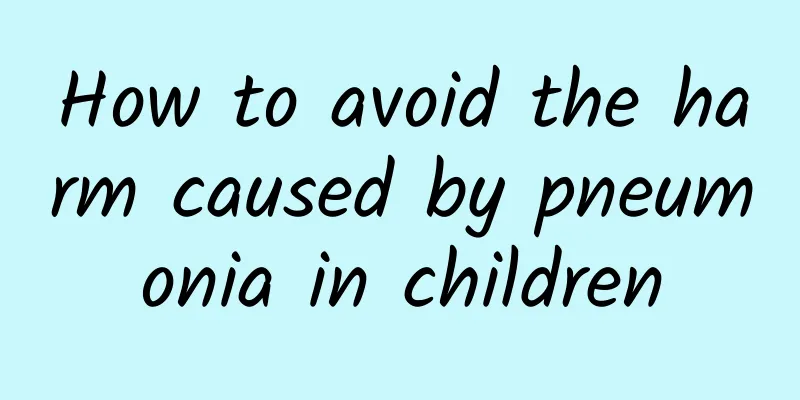The impact of hand, foot and mouth disease on children

|
Hand, foot and mouth disease mainly affects children, with symptoms such as fever, oral ulcers, and rashes on the hands and feet. Usually, the disease can be cured without special treatment. A few cases may develop into serious complications, so it is necessary to closely monitor the changes in the disease and seek medical attention in time. It is recommended to seek medical attention in time and take appropriate treatment measures according to the doctor's advice according to different situations. The details are as follows: 1. Mild symptoms: Early symptoms of hand, foot and mouth disease usually include fever, sore throat and loss of appetite. Children may feel unwell and tired. These symptoms usually subside on their own within a few days. 2. Oral ulcers: Within 1-2 days of infection, red spots will appear in the mouth, which will quickly develop into ulcers. These ulcers can be very painful and affect your child's eating and drinking. 3. Rash: Usually after the mouth ulcer appears, the rash will appear on the hands, feet and other parts of the body. The rash will initially appear as red spots, and then small blisters may form, which may sometimes itch or hurt. 4. Infectiousness: Hand, foot and mouth disease is highly contagious and is mainly transmitted through saliva, nasal mucus, feces, etc. During the infection period, children need to be isolated and avoid contact with other children. 5. Serious complications: Although most cases of hand, foot and mouth disease have mild symptoms, in rare cases it may cause serious complications such as meningitis and myocarditis. If a child has symptoms such as persistent high fever, confusion, and frequent vomiting, he or she should seek medical attention immediately. Although hand, foot and mouth disease is common and mostly mild, parents should be vigilant, pay attention to changes in their children's condition, and seek medical attention in a timely manner to prevent complications. |
<<: Early symptoms of hand, foot and mouth disease in infants
>>: Why are mothers with blood type O more likely to have jaundice?
Recommend
How to treat neonatal pneumonia? What are the causes of pneumonia in children?
It is said that children are angels sent by God, ...
What are the symptoms of polio?
Polio is a very terrible disease and an acute inf...
Pictures of polio
The occurrence of polio makes all parents very wo...
Treatment of pneumonia in children
Pneumonia is a relatively common disease in our l...
The harm of long-term diarrhea in children
What are the harms of diarrhea to children? Child...
Does Ganmao Ning Granules for Children distinguish between wind-cold and wind-heat?
Xiaoganmaoning Granules for Children do not direc...
Three major characteristics of breast milk jaundice
Breast milk jaundice refers to jaundice symptoms ...
Which foods can relieve acute laryngitis in children?
Which foods can relieve acute laryngitis in child...
What to do if a child has a long cough
Although cough is a very common disease in childr...
Why does neonatal jaundice occur repeatedly?
Why does neonatal jaundice occur repeatedly? Many...
What medicine is good for children's colds? Four principles should be kept in mind when taking medicine for children's colds
Children's colds can cause symptoms such as r...
What are the hazards of scraping for children? Beware of the 6 hazards of scraping for children
In fact, many people choose scraping in the proce...
Children's ADHD examination items
The healthy growth of children is very important,...
What to do about ADHD
ADHD is a common behavioral disorder in children,...
Can I wean my baby off when he has a cold? It is not conducive to recovery
Many people are concerned about whether the baby ...
